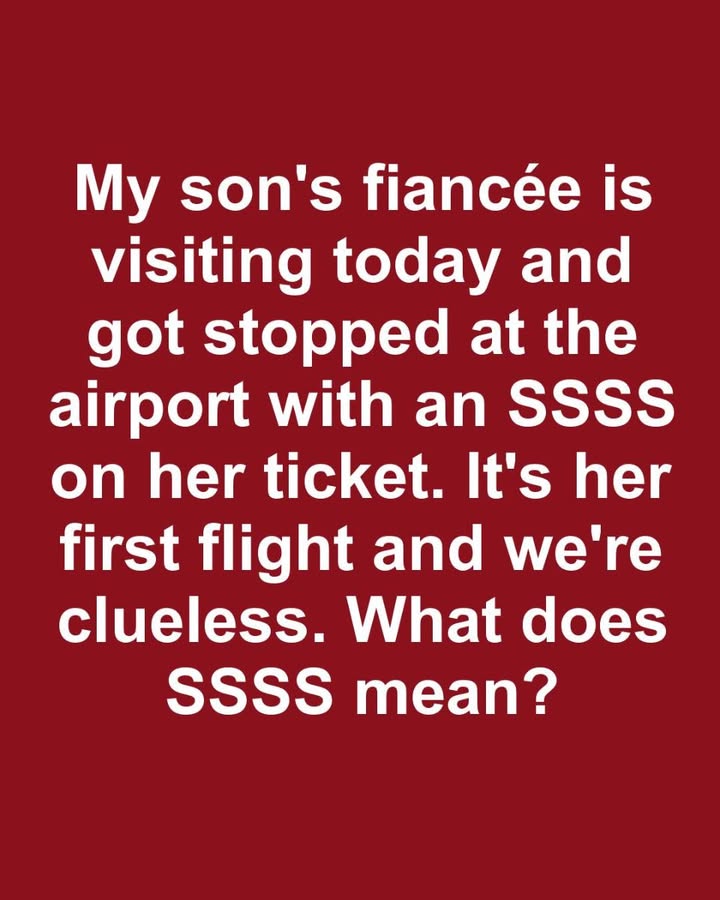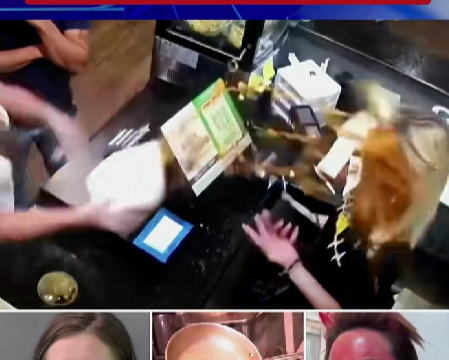Traveling can be one of life’s most exciting experiences, but unexpected surprises can sometimes put a damper on that excitement, especially when something unfamiliar appears on your boarding pass. One such surprise is the SSSS designation, which stands for Secondary Security Screening Selection. Many passengers are caught off guard when they notice these four letters printed on their ticket, not knowing what they mean or what to expect.

This mysterious code is part of the Transportation Security Administration’s (TSA) security protocols and indicates that the passenger will undergo enhanced screening at the airport. For those unfamiliar with the process, especially first-time travelers, the SSSS code can cause stress and confusion. However, with the right knowledge and preparation, it becomes much easier to manage. When a boarding pass is marked with SSSS, it means the traveler has been selected for additional security procedures, which often include more thorough pat-downs, detailed inspections of carry-on items, swabs to detect explosive materials, and sometimes extra questioning about their trip. These procedures are not meant to punish or accuse anyone but are part of routine safety checks designed to keep flights secure. There are several possible reasons why a traveler might be selected for this secondary screening. In many cases, it’s completely random, with no specific trigger.
However, certain travel behaviors may increase the chances, such as booking a one-way international flight, making last-minute travel arrangements, or having inconsistencies in travel documents. Even changing a booking too many times can sometimes result in the SSSS designation. It’s important to remember that receiving this code does not suggest any wrongdoing; it simply flags the passenger for closer inspection to ensure all safety measures are followed. Passengers who receive the SSSS code can expect a slightly different experience at the airport. Upon arrival at the security checkpoint, they will be directed to a designated screening area where TSA agents will conduct a more detailed inspection. This may involve opening and checking every item in carry-on luggage, powering on electronic devices for inspection, and conducting chemical swab tests for explosives.
While this process may feel intrusive and time-consuming, cooperating with TSA agents can help move things along more efficiently. It’s strongly recommended that passengers with the SSSS designation arrive at the airport earlier than usual to allow enough time for the extended screening process. Although it typically does not cause passengers to miss their flights, the extra steps can be time-consuming and could result in tight connections being missed if not properly accounted for. Therefore, allowing a buffer in your schedule is a smart move when dealing with this situation. For frequent flyers or those who have received the SSSS code more than once, there are a few strategies that might help reduce the likelihood of future selections. Ensuring that your booking and identification information is always consistent, avoiding unnecessary last-minute itinerary changes, and enrolling in trusted traveler programs like TSA PreCheck or Global Entry can all be helpful.
While none of these methods are guaranteed to eliminate the possibility of being selected, they can lower the chances and make the overall travel experience smoother. Understandably, travelers who encounter the SSSS code may have questions like “Why was I picked?” or “Will this keep happening?” Unfortunately, the TSA does not disclose exactly how their selection process works because it involves security algorithms and randomization to maintain effectiveness. While some may worry about profiling or privacy issues, the TSA assures passengers that the process is governed by strict security protocols and is not meant to target individuals unfairly. If questions or concerns arise, travelers are encouraged to speak respectfully with TSA staff, though agents may not always be able to provide specific answers. In conclusion, while seeing the SSSS designation on your boarding pass can be unsettling at first, understanding what it means and how to handle it can turn a stressful situation into a manageable one. Being informed, calm, and prepared goes a long way in ensuring a smooth experience through the airport. These enhanced security procedures are part of broader efforts to keep passengers safe, and cooperating with them helps contribute to the overall safety of air travel. With a little patience and some extra planning, travelers can face the SSSS code with confidence and peace of mind.





